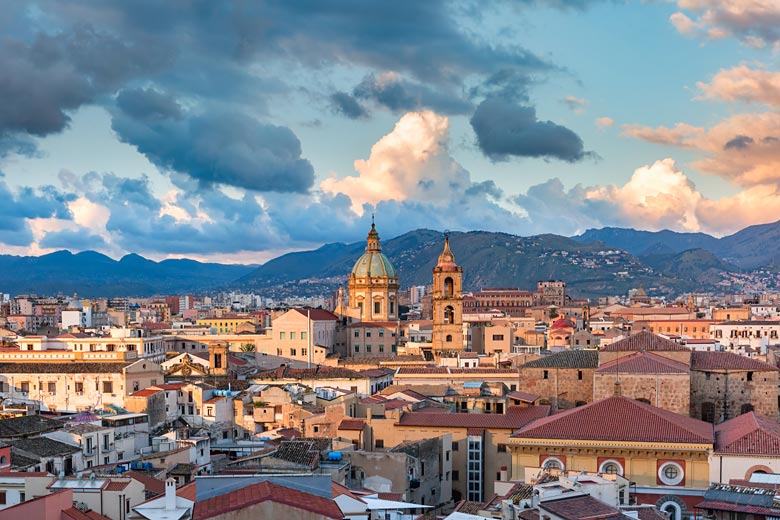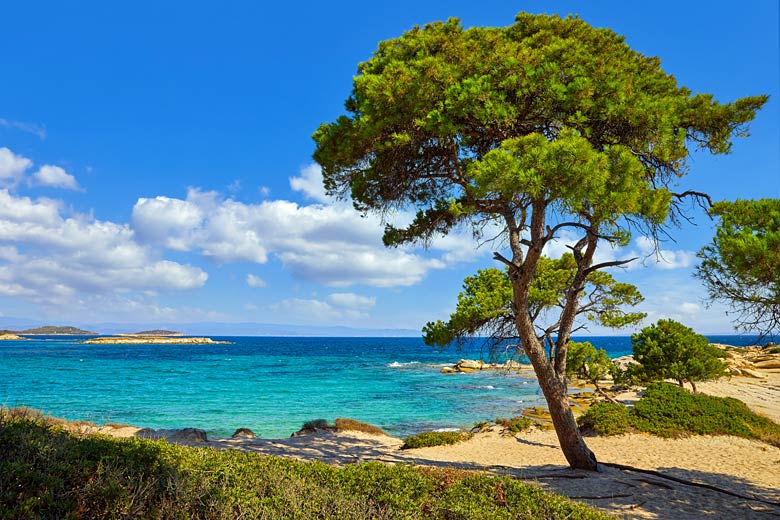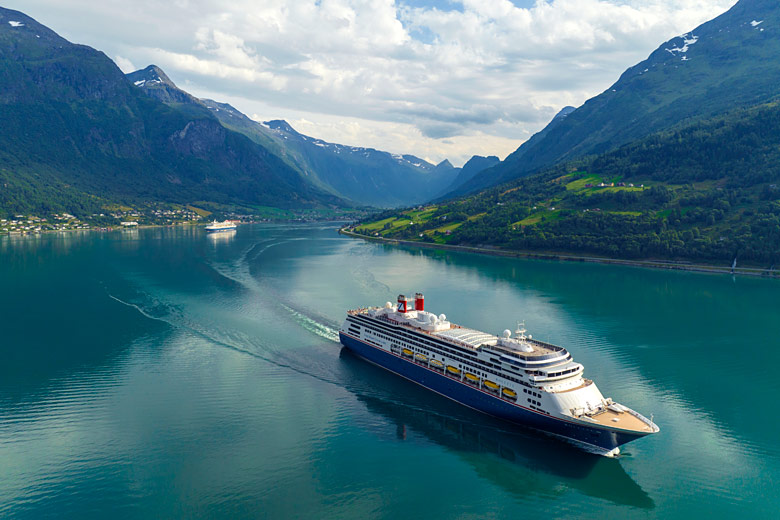How to make the most of Porto
Porto has emerged from the shadow of Portugal's capital in recent years, impressing all who visit with its many historic and scenic attractions, not to mention tasty traditions (and we're not just talking fruity fortified wine and creamy custard tarts).
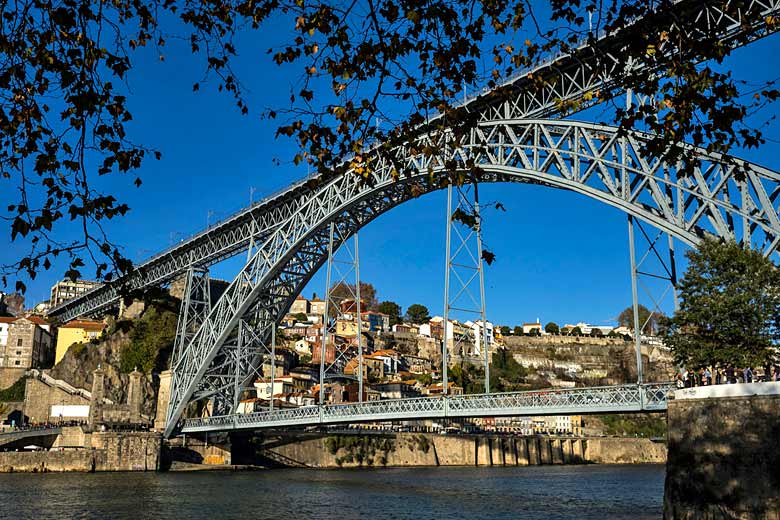
This charming, laidback city has a notably down-to-earth vibe with plenty going on from sights within its UNESCO-recognised centre to the easy-to-reach wine region of the Douro Valley.
Getting to Porto: if you're planning to discover the delights of this riverside Portuguese city, why not arrive in style with Marella Cruises? Browse itineraries and see the latest offers* to book your berth online for less.
Here, we look at some of the most exciting and memorable ways to get stuck into this riverside city and see how to really make the most of any visit, no matter how long or short.
Dive into the city's cultural heritage
Spend a morning wandering through the heart of the city, a collection of landmarks and architecture that has been designated a Portuguese national monument. Stop off at the Clérigos Church and Tower and the city's austere looking cathedral.
Several of Porto's buildings feature ornate Art Nouveau façades, including the A Pérola do Bolhão delicatessen and Livraria Lello bookstore, which is worth peeking inside to see the stylish staircase and decadent wooden shelving.
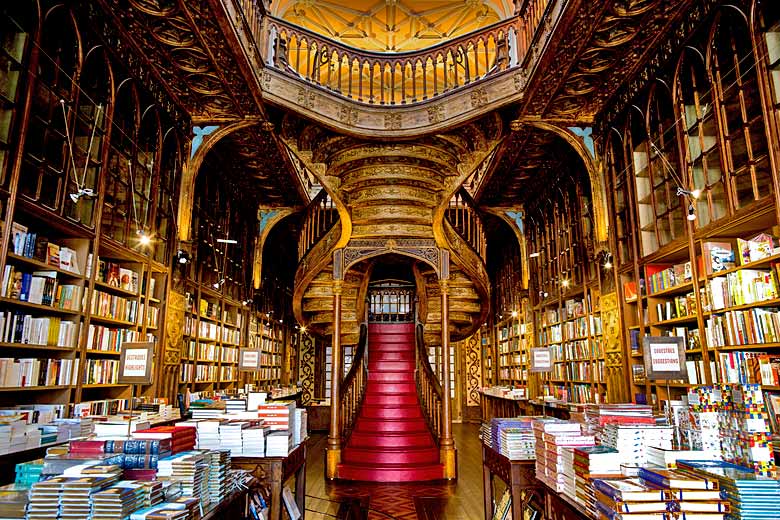
The riverside Ribeira district is characterised by cobbled lanes and pastel-fronted buildings, plus there are plenty of cafés to pause for a coffee or ice-cold beer between the sights.
For views of the River Douro, head to the Elevador da Lada, a lift that cuts the effort out of descending to the waterfront. Strolling along the quayside offers fine views of the arching Dom Luís I Bridge that links Porto with neighbouring Vila Nova da Gaia.
Step inside the old prison-cum-gallery
The Portuguese Centre of Photography is housed within a former prison less than 10-minutes from the Praça da Liberdade - meaning 'Liberty Square' - the de facto heart of Porto.
The place of detention was constructed in the 18th century, and prisoners were held within its cells until Portugal's Carnation Revolution of 1974. The ground floor tells the story of the building's past and hosts temporary photography exhibitions.
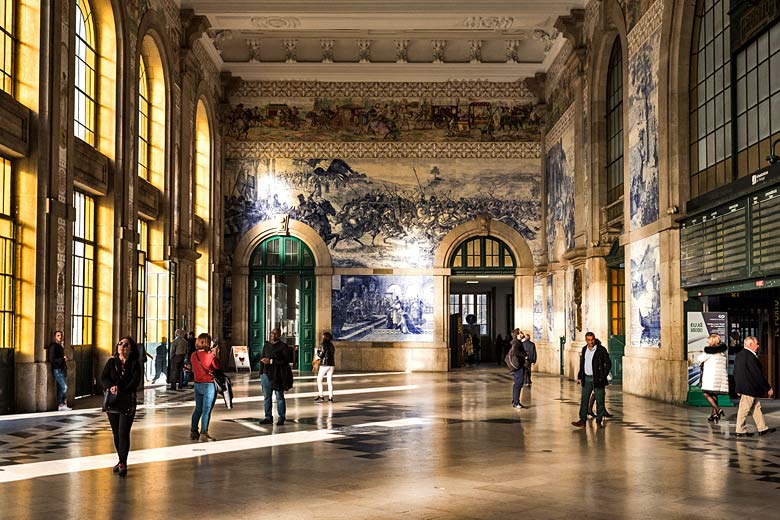
On the upper floors you can peer over Porto's iconic terracotta rooftops from windows bearing metal bars that attest to the building's former purpose. Historic cameras and photography equipment are also displayed, as well as how early photography was used to document inmates.
Be dazzled by azulejo tiles
Traditional blue and white azulejo tiles can be spied adorning several of Porto's great buildings. It's worth pausing to admire the details of the artwork on these tiles; look closely and you'll see lives of saints depicted on the walls of the Capela das Almas, whose name translates as the 'Chapel of Souls'.
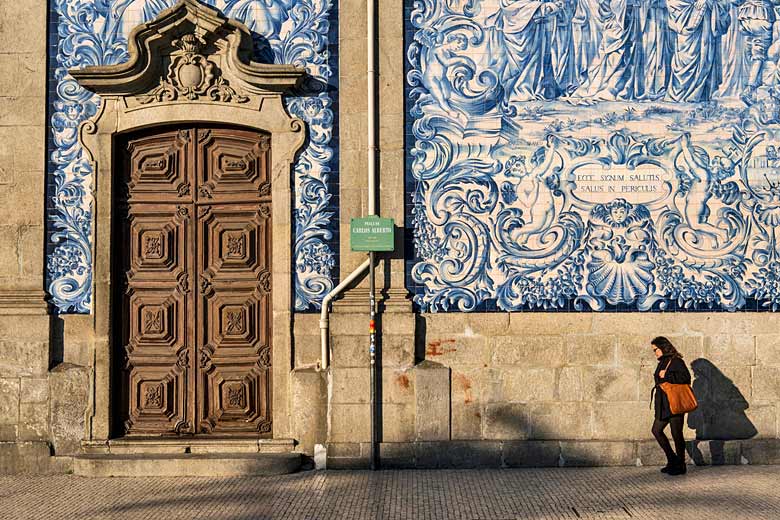
Azulejos also deck the Church of Santa Clara, which warrants entering for its ornate Baroque sculptures. Look up within São Bento Railway Station also and you'll see more than 20,000 tiles on which artist Jorge Calaço depicted key scenes from Portuguese history.
Enjoy a dose of modern art
The Serralves Museum of Contemporary Art displays temporary exhibitions of artworks in a minimalist building designed by Álvaro Siza, the Pritzker Prize-winning Portuguese architect.
The Serralves Foundation's collection focuses on works created since the 1960s, encompassing pieces by the likes of Anselm Kiefer, Paula Rego and Andy Warhol.
The gallery is set within a landscaped park featuring woodland, a pond and a farm on which cattle roam. The grounds were formerly a summer retreat of the Count of Vizela, who had an Art Deco villa built. Today, it hosts exhibitions while jazz sessions are held in the park during summer.
Hear tales behind local delicacies
Porto is a city with a hearty traditional cuisine, and if you stop to dine at Tripeiro or A Cozinha do Manel, you're guaranteed to sample regional and national dishes.
Locals have long been nicknamed 'tripeiros', meaning 'tripe eaters'. The term reputedly dates from the early 15th century, when Portuguese ships were built on the banks of the River Douro. When the fleet sailed to conquer Ceuta, ships were well-stocked thanks to local generosity that left only offal for Porto's residents.
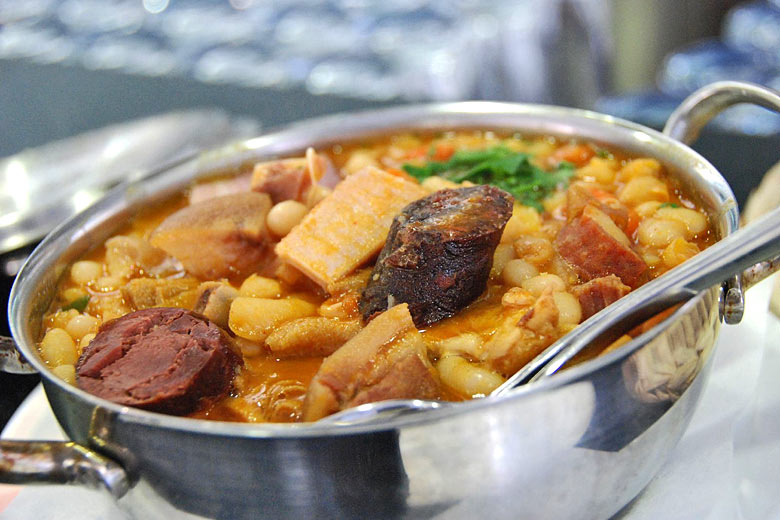
Making lemonade from lemons, so to speak, a new national dish was created: Tripas a Moda do Porto, made with beans, smoked sausage and onion, is dedicated to this time when Portugal was propelled into its Age of Discovery.
Not a tripe fan? For a filling lunchtime sandwich, order a Francesinha. Said to be inspired by sandwiches eaten by expat Portuguese in France, it's topped with melted cheese, filled with slices of meat and sausage, and dripping with a tomato-based sauce - stodgy yet delicious.
Take a trip to the Douro Valley
Porto is well-situated for venturing into the beautiful, steep-sided Douro Valley, the home to some of Portugal's most highly regarded wine estates.
As a wine-producing region, the Douro Valley was demarcated in 1756, making it the oldest in the world. Generations of work went into terracing the hillsides of the Alto Douro region, another UNESCO World Heritage Site.
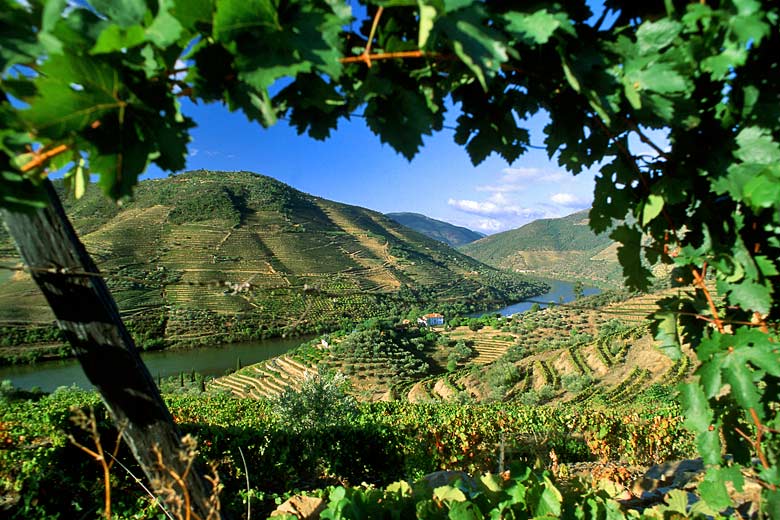
The Museo do Douro in Peso da Régua tells the story of wine-making and how boats, known as rabelos, transported wine down the River Douro to make port.
Potter in Gaia's port wine cellars
Vila Nova de Gaia, known locally as Gaia, occupies the south bank of the Douro. Its waterfront offers handsome views of Porto's colourful Ribeira district. Descend from the Dom Luís I Bridge in the Gaia Cable Car for panoramas over the terracotta-topped buildings in which port wine is made.
Guided tours of Gaia's port cellars give insights into a lengthy production process, which involves adding a strong spirit to fermenting juice.
Guides lead you through cool, shaded rooms holding wooden barrels stocked with maturing wine into cellars where bottles of the vintage port are stored. Tours end with tastings and opportunities to buy a bottle or two to take home.
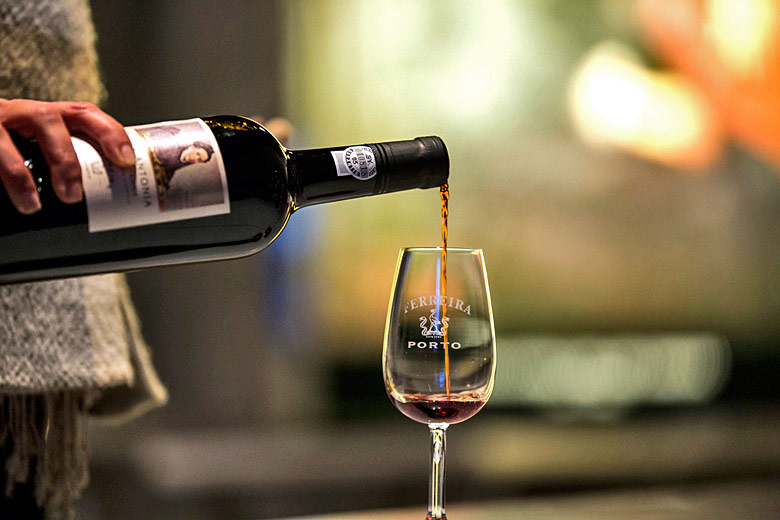
Each of the cellars has a history of its own, so it can be interesting to go on more than one tour. For insights into how port was pitched and sold to the people, the Sandeman Cellar is interesting. Meanwhile, Taylor's Port has a museum circuit and can also arrange private tours.
The weather in Porto
Situated close to the eastern coast of the Atlantic Ocean, Porto is less about high temperatures and more about the sunshine, especially in summer. This makes it ideal for those who don't like it too hot.
| Jan | Feb | Mar | Apr | May | Jun | Jul | Aug | Sep | Oct | Nov | Dec | |
|---|---|---|---|---|---|---|---|---|---|---|---|---|
| Maximum daytime temperature °C |  14 14 |
 14 14 |
 16 16 |
 18 18 |
 20 20 |
 23 23 |
 25 25 |
 25 25 |
 24 24 |
 21 21 |
 17 17 |
 14 14 |
| Hours of sunshine (daily) | ||||||||||||
| Days with some rainfall |  17 17 |
 16 16 |
 15 15 |
 14 14 |
 13 13 |
 9 9 |
 6 6 |
 5 5 |
 8 8 |
 14 14 |
 15 15 |
 15 15 |
| Sea temperature °C |  14 14 |
 13 13 |
 14 14 |
 14 14 |
 15 15 |
 17 17 |
 17 17 |
 18 18 |
 18 18 |
 17 17 |
 16 16 |
 14 14 |
Find out more about the weather in Porto and when we think is the very best time to go in our dedicated guide, and via the climate info above.
Fancy a taste of Porto? This city across the River Douro features on select itineraries with Marella Cruises. Check out the latest online deals from Marella Cruises to see if you could save on a memorable voyage in 2026/2027.
More about Porto
Porto by month
Jan Feb Mar Apr May Jun Jul Aug Sep Oct Nov Dec
Explore holiday destinations
- Beach holidays
- City breaks
- Family holidays
- Half term holidays
- Spring holidays
- Summer holidays
- Autumn holidays
- Winter sun holidays
- Honeymoons
- Coolcations
- Compare places
- Ski resorts
Save with latest deals & discounts
- Holiday offers
- Top travel brands
- Airlines & flights
- Discount hotels
- TUI
- Jet2holidays
- Neilson
- Marella Cruises
- Pierre & Vacances
- Caledonian Travel
- Club Med
- Boxing Day sales
Airport parking
- Manchester Airport
- Stansted Airport
- Bristol Airport
- Luton Airport
- Birmingham Airport
- Edinburgh Airport
- Gatwick Airport
- Glasgow Airport
- Newcastle Airport
Airport lounges
- Manchester Airport
- Birmingham Airport
- Bristol Airport
- Edinburgh Airport
- Glasgow Airport
- Heathrow Airport
- Newcastle Airport
- Stansted Airport
- Gatwick Airport
Be inspired
Get your weekly fix of holiday inspiration from some of the world's best travel writers plus save on your next trip with the latest exclusive offers
We promise not to share your details

















